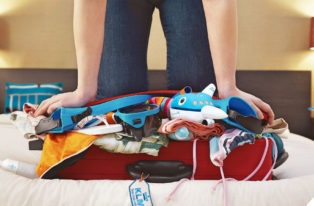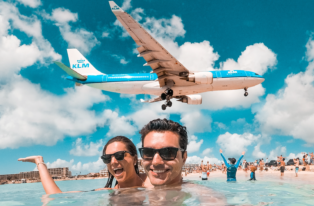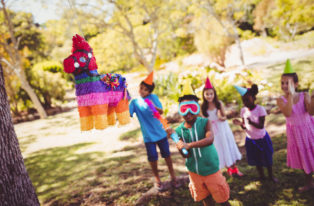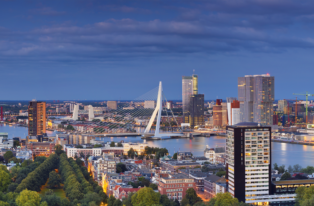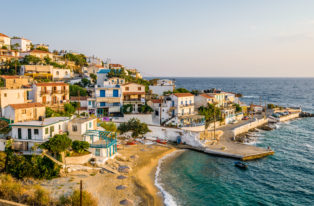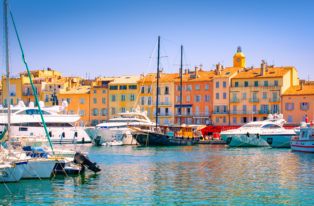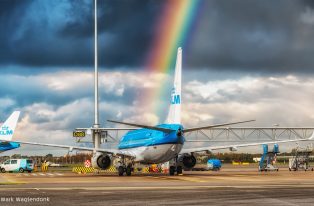Water – Lifeblood Of Panama’s Wealth And Welfare
Water runs like a lifeline through Panama. The 81-kilometre-long Panama Canal is of vital importance to the people, trade and tourism of this Central-American country. The canal is also very diverse, colourful and a treasure trove of discovery, as is the rest of the country. Here are five fluid tips to get the most out of your visit.
1. Two oceans in one day
Owing to Panama’s superb location between the Atlantic and Pacific, you can visit both oceans in one day. Or better still, swim, paddle or dive to discover the similarities and differences between their marine flora and fauna. You could visit the Atlantic in the morning and the Pacific in the afternoon. Or vice versa, depending on your frame of mind or the prevailing winds. To experience this, book a tour with a local operator, such as scubapanama.
2. Broad smile and open mouth
It’s dangerous to dive in the canal itself because it’s so busy, but you can get really close to the action or be a part of it. Go out paddling on an SUP board or in a kayak across the levees of Lake Gatún, or take a boat ride through the famous locks of the canal. The latter is only possible with a certified pilot, who have to obtain a special license to negotiate this narrow and exciting maritime spectacle.

When we gather in the harbour at 7 o’clock in the morning, you can feel the tension among the tourists who have come here from around the world. The pilot, whose presence is obligatory aboard all vessels, is welcomed aboard with loud applause. We accompany a huge ship passing through the massive doors of the lock, behind which 197 million litres of water lift us all up dozens of metres in eight minutes. It is silent on board, with everyone enjoying this unique spectacle with broad smiles or open mouths.
We pass through the “old canal”, which offers a great view of the new canal, which runs parallel and was opened in 2016. The new canal is strictly for commercial traffic. Speaking of which, the highest toll ever paid was USD 1 million, one way! The cheapest ever was 36 dollar cents, paid by a swimmer who wanted to set a record. Since then, swimming in the canal has been prohibited.
And if you’re wondering whether there’s life in the canal, why not go fishing. Once again you’ll need to be accompanied by an expert guide. Try canalandbaytours or panamacanalfishing.
3. Ice cubes with a view
As you can imagine, a country with such watery wealth as well as tropical rain forests offers a cornucopia of culinary options. While most other Central and South American countries have a penchant for meat, Panamanians prefer fruit and fish, although they certainly also enjoy a portion of tender beef or chicken.
Your best bet for a culinary-cultural excursion is the old town, which is known as Casco Viejo in Spanish. If its ceviche (raw fish) you want, then you should join the fishermen and stevedores at the restaurant inside the fish market. It doesn’t get much fresher than that. But beware: the pelicans and screeching gulls also know their way around the market and have no qualms about tucking into your lunch!

It’s wonderful to stroll among the old and newly restored buildings of Casco Viejo. Not long ago, this was still a no-go area, but nowadays you can walk around quite safely. Sidewalk cafes and rooftop bars are popping up all over town, attracting the hippest clientele. But each has its own atmosphere and view. We loved the panoramic view of the city at the Tántalo Bar. And here’s a special tip: if you don’t want ice cubes in your drink, say “sin hielo” rather than “sin helado” to avoid getting strange looks from the barman, who had no intention of putting ice-cream in your drink…

4. Islands, islands, islands
Where there is water, there are islands. In Panama’s case, many hundreds. That makes it very difficult to say which island is most beautiful. If you love water sports – whether it be snorkelling, canoeing, sailing catamarans or rafting – you’ll be able to do your thing throughout the country.

Lovers of culture should head to the San Blas islands in the north to visit the indigenous Kuna people. All it takes is a thrilling drive though the muddy rain forest in a 4×4, or an equally adventurous flight in a light aircraft.

Stay for a least a day and a night to experience the tranquillity that falls when the cruise-ship passengers have left the island. A flight with a classic De Havilland will take you to the Islas Perlas in the south. Their name – Pearl Islands – is no exaggeration, because they are blessed with a turquoise sea, lapping on white-beached bays, where elegance prevails. And if you’re ready for some action after kicking back with a cocktail, why not go whale spotting? Sightings are guaranteed if pick your season wisely!
5. Steer a container ship
Back to the canal, because that’s the part of Panama people know best. If you’re only visiting briefly, head out to the locks at Miraflores, which offer a superb experience. You can see the canal from the balconies and watch how the ships are towed by trains and how the locks fill with water, lifting the ships. The museum here gives you the full history of the canal. There’s also a simulator that allows you to feel what it’s like to captain a cargo ship, directing difficult manoeuvres from the bridge. A tour guide or hotel concierge will be able to tell you at which time you have the best chance of seeing the most boats passing through the locks.

With so much water around, you’d think there’s enough around for everyone, but that isn’t the case, unfortunately. Panama is also struggling with the consequences of climate change. There’s every reason to keep conservation in mind. The tap water is not fit for consumption, so everyone buys water in bottles, which are also discarded. You can help conserve the local environment by buying bigger bottles, which you can then decant into smaller water bottles for your day trip. You might even consider buying yourself a Dopper bottle, with its superb Dutch design and classic KLM logo. They’re available at the KLM-shop.
In the mood for more inspiration? Panama was the centre of attention in this edition of iFly Magazine. We wish you a Panamazing time!

